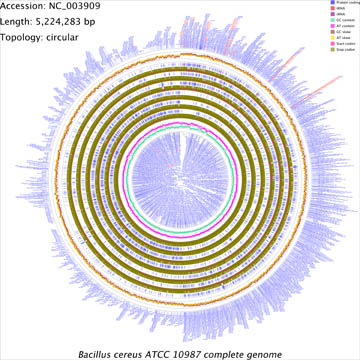The Community Cyberinfrastructure for Advanced Marine Microbial Ecology Research and Analysis (CAMERA) is a Gordon and Betty Moore
Foundation-funded project under the leadership of the UCSD division of the California Institute for Telecommunications and Information Technology (Calit2).
Calit2 works with the J. Craig Venter Institute, UCSD Scripps Institution of Oceanography’s Center for Earth Observations and Applications, and Scripps
Genome Center. CAMERA partners with the DOE Joint Genome Institute and works with CAMERA Science Advisory Board members from U Washington, MIT, UC-Davis,
U Wisconsin-Madison, Discovery Biosciences Corp, U Georgia, San Diego State U, Michigan State U and U Miami. CAMERA has 1300 registered users from 48 countries.
CAMERA is accelerating the field of environmental metagenomics by creating a globally accessible community resource of microbial metagenomic data.
CAMERA builds on pioneering efforts in metagenomics to sequence the genomes of entire microbial communities, often comprising thousands of species.
Because of the use of the shotgun sequencing techniques on the community of microbial, viral and pico-eukaryotic species in ocean water, CAMERA will include
metagenomic data of hundreds to thousands of microbial and other species at a single location.
The move from traditional organism genome databases to CAMERA-based metagenomics data storage and computational analysis requires the development of a
complex cyber-architecture to enable researchers to retrieve and simultaneously view many sub-components of living organisms and their environments –
their genes, gene mappings, genomes, metagenomes, partial genomes, proteins, synthetic genes, bacteria, atmospheric maps, and oceanographic maps – and have
high-definition teleconferencing with remote colleagues as they examine the same datasets.
URL:
Collaborators:
USA:
Calit2/University of California, San Diego and J. Craig Venter Institute
CAMERA has 1,300 registered users from 48 countries, with major users in the UK, Germany, Canada, France and Brazil
